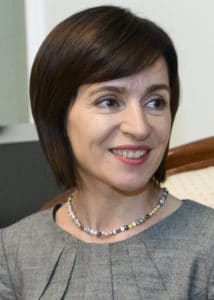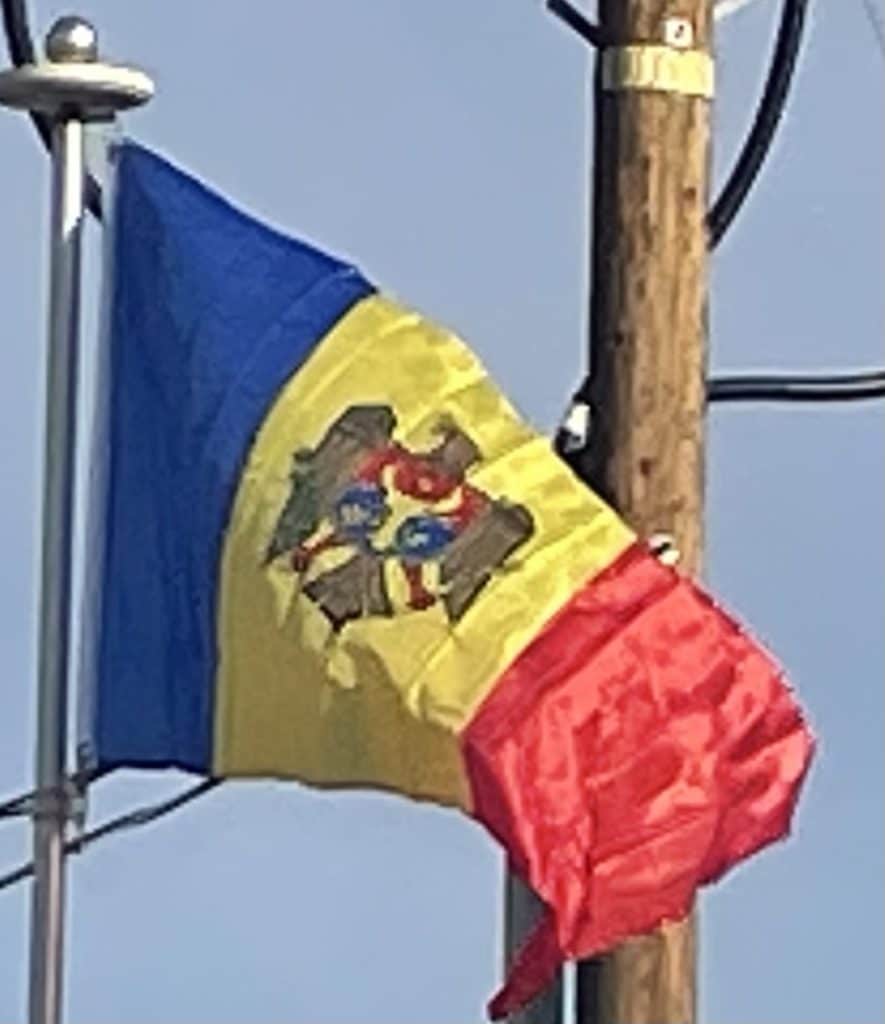
On 2 January 1992, Moldova introduced a market economy, liberalizing prices, which resulted in rapid inflation. From 1992 to 2001, the country suffered a serious economic crisis, leaving most of the population below the poverty line. In 1993, the government introduced a new national currency, the Moldovan leu, to replace the temporary cupon. The economy of Moldova began to change in 2001; and until 2008 the country saw a steady annual growth between 5% and 10%. The early 2000s also saw a considerable growth of emigration of Moldovans looking for work (mostly illegally) in Russia (especially the Moscow region), Italy, Portugal, Spain, and other countries; remittances from Moldovans abroad account for almost 38% of Moldova’s GDP, the second-highest percentage in the world, after Tajikistan (45%).
In 1994 plans for a union with Romania were abandoned, and the new Constitution gave autonomy to the breakaway Transnistria and Gagauzia.
Following a period of political instability and massive public protests, a new Government led by Pavel Filip was invested in January 2016. Concerns over statewide corruption, the independence of the judiciary system, and the intransparency of the banking system, were expressed.

In the December 2016 presidential election, Socialist, pro-Russian Igor Dodon was elected as the new president of the republic.
In the November 2020 presidential election, the pro-European candidate Maia Sandu was elected as the new president of the republic, defeating incumbent president Igor Dodon, and thus becoming the first female elected president of Moldova.

Geography:
The total land area of Moldova is 33,851 km2.
The largest part of the nation lies between two rivers, the Dniester and the Prut. The western border of Moldova is formed by the Prut river, which joins the Danube before flowing into the Black Sea. Moldova has access to the Danube for only about 480 m (1,575 ft), and Giurgiulești is the only Moldovan port on the Danube. In the east, the Dniester is the main river, flowing through the country from north to south, receiving the waters of Răut, Bîc, Ichel, Botna. Ialpug flows into one of the Danube limans, while Cogâlnic into the Black Sea chain of limans.

The country is landlocked, though it is close to the Black Sea; at its closest point it is separated from the Dniester Liman, an estuary of the Black Sea, by only 3 km of Ukrainian territory. While most of the country is hilly, elevations never exceed 430 m (1,411 ft) – the highest point being the Bălănești Hill. Moldova’s hills are part of the Moldavian Plateau, which geologically originate from the Carpathian Mountains. Its subdivisions in Moldova include the Dniester Hills (Northern Moldavian Hills and Dniester Ridge), the Moldavian Plain (Middle Prut Valley and Bălți Steppe), and the Central Moldavian Plateau (Ciuluc-Soloneț Hills, Cornești Hills—Codri Massive, “Codri” meaning “forests”—Lower Dniester Hills, Lower Prut Valley, and Tigheci Hills). In the south, the country has a small flatland, the Bugeac Plain. The territory of Moldova east of the river Dniester is split between parts of the Podolian Plateau, and parts of the Eurasian Steppe.
